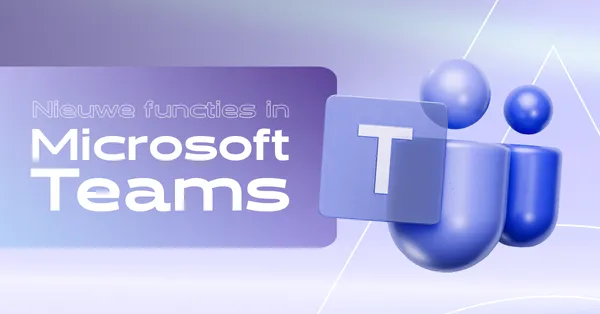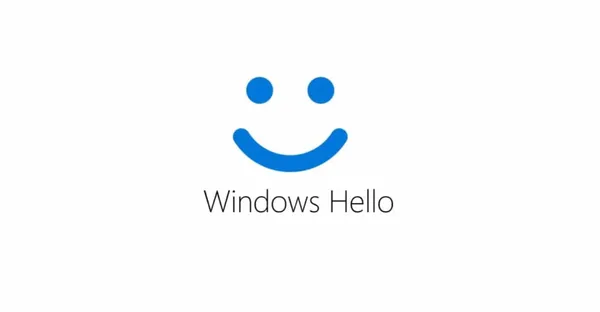
Knowledge base
November 10, 2020
The benefits of adding cloud telephony to Microsoft Teams.
Remote working has been on the rise for some time, but the COVID-19 pandemic has accelerated this trend. A recent survey by 451 Research found that 67% of organizations expect remote working policies to remain in place on a permanent or long-term basis. Many large international companies are considering closing some of their office locations and moving to a permanent remote working model. All of this strengthens the case for investing in technology to support the more dispersed workforces that companies expect to manage in the future.
The growth of Microsoft Teams as a cloud telephony solution
The collaboration tool that has seen the fastest adoption is Microsoft Teams. According to Microsoft itself, the total number of daily active users increased by more than 70% to 75 million in a two-month period after lockdown. Currently, it is mainly used for internal collaboration, and few companies use Teams for external communication. However, this is expected to change in the next two years.
Microsoft’s phone system transforms Teams into a complete business telephony solution. Users can place and receive external calls directly from Teams on any device, anywhere in the world. Microsoft’s own calling plans offer smaller companies a quick and easy way to connect to the PSTN network, but larger organizations typically use a third-party managed service provider for connectivity. This approach, called “Direct Routing,” offers more flexibility, greater geographic coverage, lower rates and a higher level of support. Industry analysts predict that by 2022, as many as 90% of large enterprises using Teams for telephony will use Direct Routing for PSTN connectivity.
Benefits of cloud telephony for IT teams and users
While large enterprises typically maintain a consistent set of IT solutions for all users worldwide, telephony is often the exception. It is common to find a diverse set of PBX equipment in different offices, and a different provider in each region. By moving telephony to the cloud, companies can standardize their approach across offices, leading to reduced complexity and cost, and improved control, flexibility and compliance. Specific benefits include:
- One telephony platform with a consistent experience for all users worldwide, improving compliance and reliability and enabling centralized support;
- On-premise PBX equipment is eliminated – reducing complexity and cost by moving infrastructure to the cloud
- Local providers can be replaced by a single managed service provider, reducing the number of vendor relationships and creating economies of scale
- No cost for internal calls between global offices or call transfers – because these calls stay online instead of breaking out on the PSTN network
- Users can be added, deleted and managed centrally, increasing flexibility and security and creating global data on usage and costs
By using Teams for voice calls, users can communicate and collaborate more effectively when working remotely. Specific benefits include:
- Place and receive voice calls from any location on any device with Teams – giving users the flexibility to stay connected while working at home, on the road or at their workplace, for example.
- A consistent user experience for external and internal communications – external phone calls can be made from the same Teams interface used for chat, internal meetings, file sharing and other cloud services
- Existing direct dial phone numbers can be retained – since number porting is allowed in most major markets, users can keep their existing business number when moving their voice call to Teams
Source: ciodive
Want to know more?

Related
blogs
Tech Updates: Microsoft 365, Azure, Cybersecurity & AI – Wekelijks in je Mailbox.









